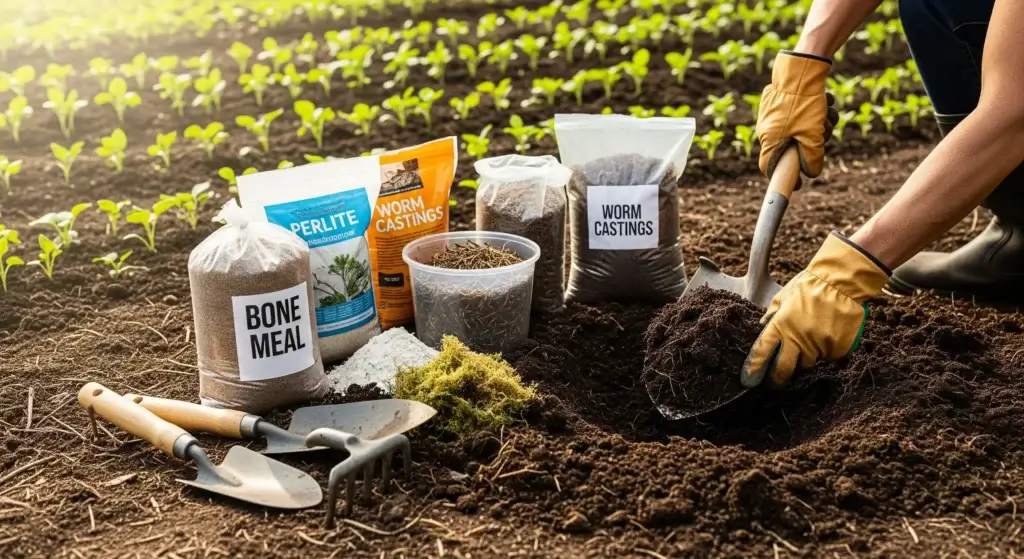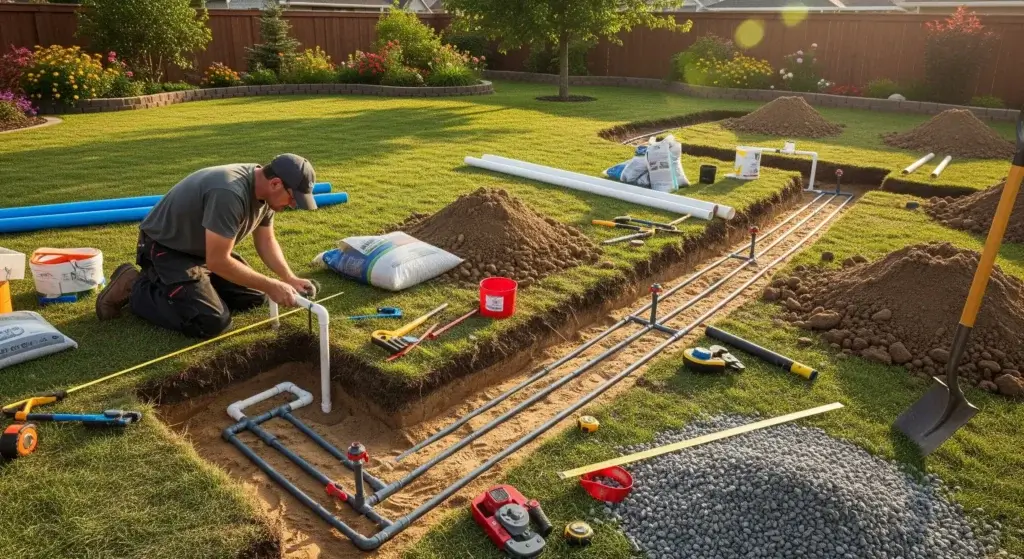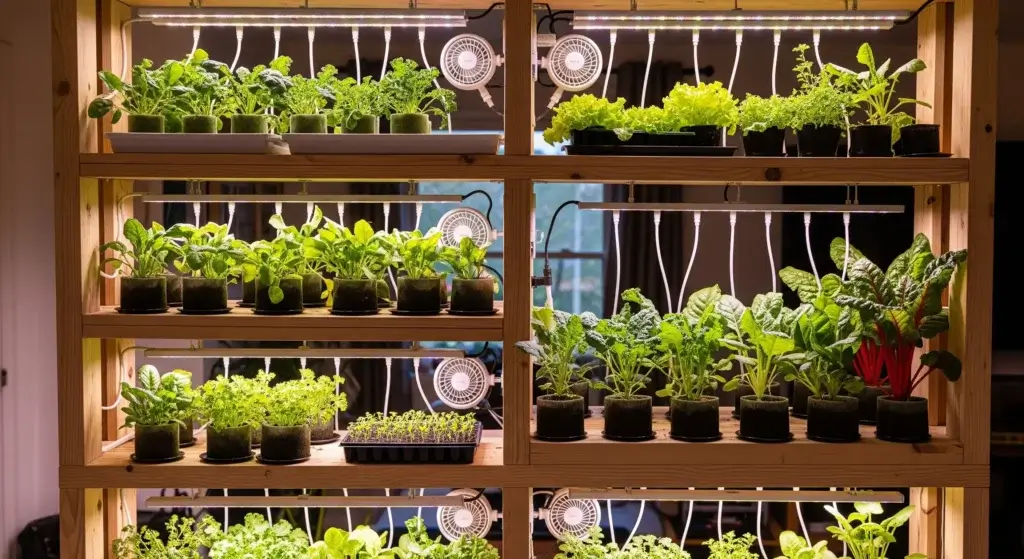
Creating a DIY plant watering bottle is a simple and cost-effective way to ensure that your plants receive the water they need, especially when you’re away.
In this blog post, we will explore various methods for making self-watering plant bulbs and drip irrigation systems from recycled plastic and glass bottles.
These DIY solutions can help keep your plants healthy and hydrated, even when you’re not around to water them.
Materials and Tools
To create a DIY plant watering bottle, you will need the following materials and tools:
Recycled plastic or glass bottles
- A drill or a nail
- A serrated knife
- A candle
- Water
- Plastic bottles
- Glass bottles
- Jar
DIY Plant Watering Bottle Ideas
- Read also: A DIY Potted Plant Watering System Guide
- Read also: A Guide to DIY Plant Watering Globes
Vintage Glass Bottle

Creating a self-watering system for your plants can be a simple and sustainable solution, especially if you have a vintage glass bottle lying around.
Whether it’s a small glass soda bottle or an empty wine bottle, repurposing it into a watering tool is both eco-friendly and functional.
Here’s how you can do it:
Selecting the right bottle
Choose a glass bottle with a narrow neck, as this will help control the water flow better.
The size of the bottle depends on the size of the plant and the amount of water it typically requires.
Preparing the bottle
Ensure the bottle is clean and free from any residues.
Remove labels and clean the inside thoroughly.
You want the water to be the only thing nourishing your plant.
Filling the bottle
Fill the bottle with water, leaving about an inch or two at the top.
This space is crucial as it prevents water from overflowing when you insert the bottle into the soil.
Burying the bottle
Dig a hole in the soil near your plant, making it deep enough to accommodate the bottle without exposing too much of it.
The idea is to bury the neck of the bottle, leaving only the top part visible.
Controlling water release
When you insert the bottle into the soil, the water will slowly seep out as the soil dries.
The rate of water release depends on factors like soil type, plant size, and environmental conditions.
This natural and gradual process helps maintain optimal moisture levels for your plant.
Monitoring and refilling
Keep an eye on the water level in the bottle. Refill it as needed, ensuring a constant supply of water to your plant.
This is especially beneficial during hot or dry periods when plants may require more hydration.
Mason Jar

Transforming a simple mason jar into a self-watering plant bulb is a practical and efficient way to ensure your houseplants stay consistently hydrated.
This DIY watering solution is easy to set up and offers a visual charm to your indoor garden.
Selecting the Mason har
Opt for a mason jar with a tight-sealing lid.
This helps control the water release and prevents unnecessary spillage. The size of the jar should match the watering needs of your specific houseplant.
Preparing the mason jar
Thoroughly clean the mason jar and its lid. Remove any labels or residues to ensure the water inside remains pure for your plant.
Filling the mason Jjar
Fill the mason jar with water, leaving a small gap at the top to avoid overflowing.
This gap also allows for air circulation, preventing any potential issues like mold growth.
Inserting the mason jar into the soil
Turn the mason jar upside down, with the cap facing downward, and gently bury it into the soil near the base of your houseplant.
Ensure that the jar is inserted deep enough to stand securely on its own.
Controlling water release
As the soil dries out, it creates a vacuum inside the mason jar, prompting it to release water gradually.
This controlled watering process ensures that your plant receives moisture when needed, preventing both underwatering and overwatering.
Monitoring and refilling
Keep an eye on the water level in the mason jar. Refill it as necessary to maintain a consistent water supply for your houseplant.
This is particularly beneficial if you’re away for a few days or if your plant requires a specific moisture level.
Plastic bottle

Repurposing plastic bottles into a DIY drip irrigation system is a cost-effective and sustainable way to ensure your plants receive the water they need.
This simple solution can be easily customized to suit the specific watering requirements of different plants in your garden.
Selecting the plastic bottle
Choose a plastic bottle that suits the size of your plant or garden bed.
For smaller plants, a standard-sized bottle may suffice, while larger plants may require bigger bottles.
Preparing the plastic bottle
Remove any labels and clean the plastic bottle thoroughly.
Ensure there are no residues or impurities that could affect the water quality of your plants.
Creating holes in the cap
Using a sharp knife or scissors, carefully poke small holes in the cap of the plastic bottle.
The number of holes and their size will determine the rate at which water is released.
Experiment with different configurations to find what works best for your plants.
Cutting the bottom of the bottle
Cut off the bottom of the plastic bottle. This allows for easy filling and refilling of the bottle with water.
The open end will be placed into the soil, allowing water to slowly drip out.
Filling the plastic bottle
Fill the bottle with water, leaving a small space at the top. This space prevents water from overflowing when the bottle is inserted into the soil.
Inserting the plastic bottle into the soil
Place the bottle cap-side down into the soil near the base of your plant.
Ensure that it is securely inserted, allowing the water to drip out gradually as the soil dries.
Spacing and placement
Consider the water needs of surrounding plants and space the plastic bottles accordingly.
For larger garden beds, multiple bottles may be needed to cover the entire area effectively.
Monitoring and adjusting
Keep an eye on the water level in the bottle and monitor how quickly it releases water.
Adjust the size and number of holes in the cap based on your plant’s needs and environmental conditions.
Benefits of DIY Plant Watering Bottles
DIY plant watering bottles offer several benefits, including:
Cost-effectiveness
One of the primary advantages of DIY plant watering bottles is their cost-effectiveness.
Instead of investing in expensive commercial watering systems, repurposing items like plastic bottles, mason jars, or glass bottles allows you to save money.
This DIY approach utilizes readily available materials, making it a budget-friendly option for plant enthusiasts.
Customizable watering solutions
DIY watering bottles offer a high level of customization.
You have the flexibility to tailor the watering system to suit the specific needs of each plant.
By adjusting factors such as the size of the container, the number and size of holes, and the type of bottle used, you can create a customized solution that caters to the individual water requirements of different plants in your garden.
Eco-friendliness
Repurposing materials like plastic bottles or glass jars for DIY plant watering aligns with eco-friendly practices by giving a second life to these items.
It reduces the need for single-use plastics and promotes a more sustainable approach to gardening.
This eco-conscious method helps minimize the environmental impact associated with traditional watering systems.
Aesthetic appeal
Beyond their functionality, DIY plant watering bottles can contribute to the visual appeal of your garden.
Decorate the containers or choose materials that complement your garden’s aesthetic, adding a personalized touch to your plant care routine.
The creativity involved in crafting these systems enhances the overall visual experience of your green space.
- Read also: A Guide to Building Your Own Tomato Plant Watering System
- Read also: DIY Plant Hanger with Yarn
Conclusion
Crafting your own DIY plant watering bottle presents a straightforward and efficient approach to maintaining the health and hydration of your plants, particularly in your absence.
Whether you opt for a self-watering plant bulb, a drip irrigation system, or a sustainable watering solution utilizing recycled bottles, these DIY methods serve as reliable tools to guarantee your plants receive the essential water for optimal growth.



